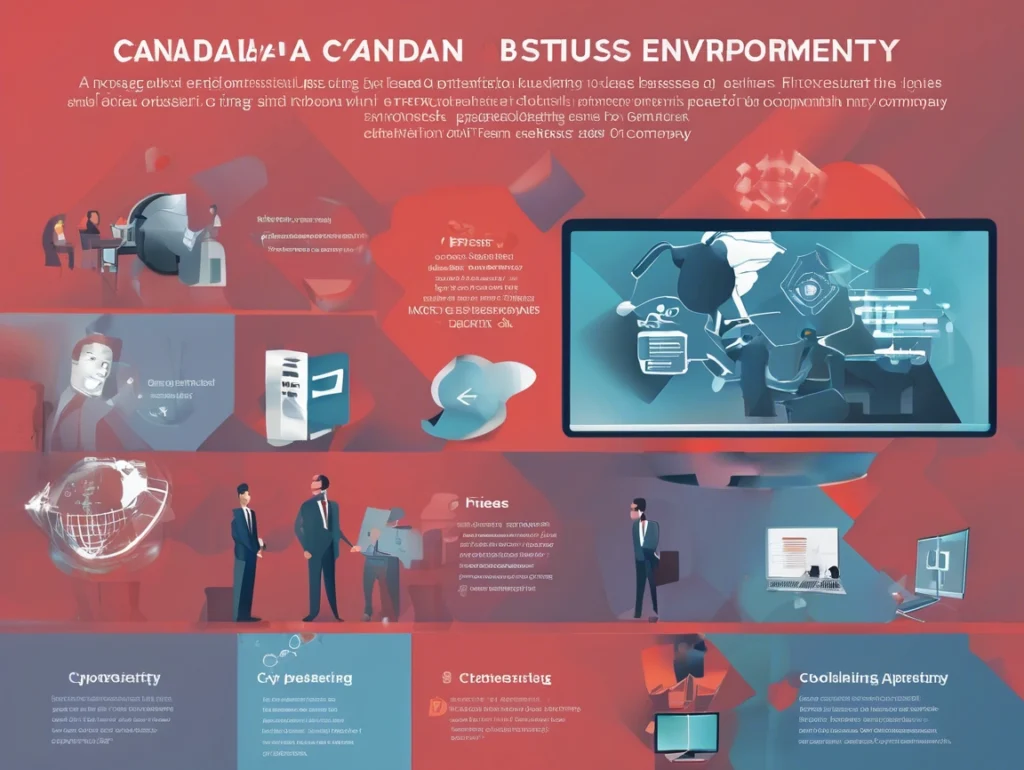The Evolving Cyber Threat Landscape in Canada
Cybersecurity threats are escalating rapidly in 2025, with Canadian businesses facing a record number of cyberattacks. From ransomware and phishing scams to data breaches and nation-state threats, organizations across industries are at risk. The need for robust cybersecurity strategies has never been greater.
If you’re a business owner or IT decision-maker in Canada, here’s how to protect your company from evolving cyber threats this year.

1. Implement Zero Trust Architecture
Traditional perimeter-based security is no longer sufficient. In 2025, Canadian organizations must adopt a Zero Trust Security Model—where no user or system is trusted by default, even inside the network. Key elements include:
Multi-factor authentication (MFA)
Micro-segmentation of networks
Continuous monitoring of user behavior
Least privilege access controls
2. Invest in Advanced Threat Detection
Cybercriminals are leveraging AI to bypass outdated systems. To keep up, Canadian companies should use AI-powered threat detection and response tools such as:
Endpoint Detection and Response (EDR)
Security Information and Event Management (SIEM)
Extended Detection and Response (XDR)
These tools help identify and neutralize threats before they cause damage.
3. Strengthen Employee Cybersecurity Training
Human error remains a leading cause of data breaches in Canada. In 2025, employee cybersecurity awareness is essential. Your training program should cover:
Identifying phishing and social engineering attacks
Proper password management
Safe remote work practices
Reporting suspicious activity
Conduct regular simulations and refresher courses to keep your team prepared.
4. Ensure Compliance with Canadian Regulations
Canadian companies must comply with privacy laws like:
PIPEDA (Personal Information Protection and Electronic Documents Act)
Quebec Bill 64
Digital Charter Implementation Act
Failure to comply can result in severe penalties and reputational damage. Conduct annual audits and update your privacy policies as legislation evolves.
5. Secure Cloud and Remote Work Infrastructure
With hybrid work models now the norm, securing remote access points is vital. Make sure you:
Use VPNs and secure cloud platforms
Monitor user activity and access logs
Encrypt data at rest and in transit
Apply regular security patches and updates
Canadian SMBs, in particular, must ensure their cloud configurations are not leaving data exposed.
6. Partner with a Canadian Cybersecurity Provider
Working with a local, trusted IT security firm in Canada ensures tailored support, fast response times, and compliance with domestic regulations. Look for providers that offer:
24/7 threat monitoring
Incident response planning
Regular vulnerability assessments
Business continuity and disaster recovery services
7. Develop an Incident Response Plan
No security system is 100% foolproof. Prepare for the worst with a tested cyber incident response plan that includes:
Roles and responsibilities
Communication strategy
Backup and recovery protocols
Legal and regulatory reporting steps
Practice the plan with tabletop exercises to identify gaps.
Conclusion: Stay Proactive, Not Reactive
Cybersecurity in Canada is no longer optional—it’s a business necessity. As cyber threats evolve in 2025, Canadian companies must stay ahead with proactive strategies, modern tools, and ongoing education. Investing in cybersecurity today protects your reputation, customers, and bottom line tomorrow.
Need Help Securing Your Canadian Business?
TEKYHOST specializes in IT support and cybersecurity solutions for Canadian businesses. Contact us today for a free security assessment.
